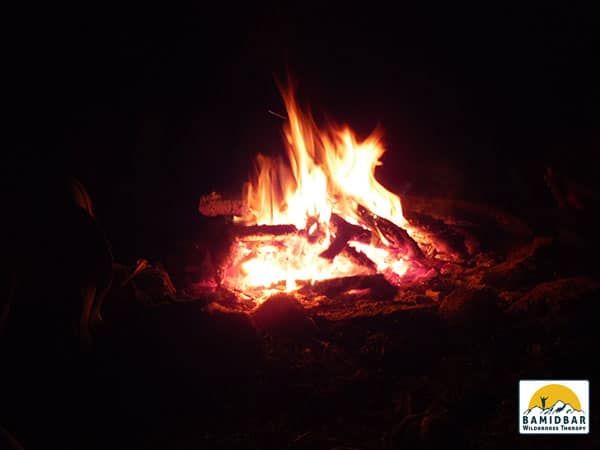 This Passover, our students embarked on a physical and metaphorical journey, from Mitzrayim, the narrow place, to Eretz Yisrael, the Promised Land. Read below to learn more about Passover at BaMidbar.
This Passover, our students embarked on a physical and metaphorical journey, from Mitzrayim, the narrow place, to Eretz Yisrael, the Promised Land. Read below to learn more about Passover at BaMidbar.
Day 1: What’s your Mitzrayim?
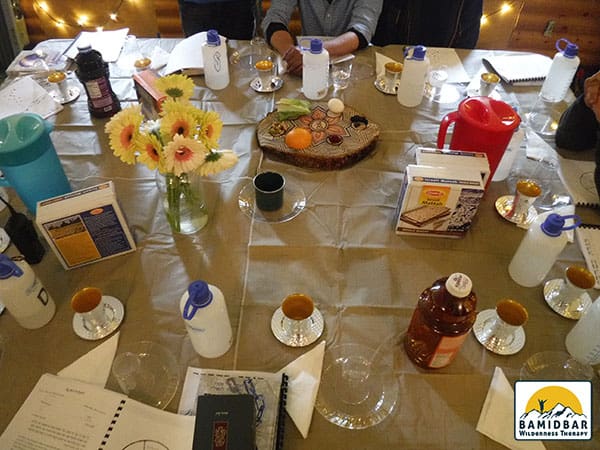 Mitzrayim means Egypt, but it is also translated as “the narrow place” or the land of oppression. On the first day of Passover, students named their personal mitzrayim, the things in life that have held them back, constraining and oppressing them. As students led our first seder, with a Haggadah they created themselves, they continued to explore this question, naming their obstacles, and exploring what freedom from Mitzrayim means to them.
Mitzrayim means Egypt, but it is also translated as “the narrow place” or the land of oppression. On the first day of Passover, students named their personal mitzrayim, the things in life that have held them back, constraining and oppressing them. As students led our first seder, with a Haggadah they created themselves, they continued to explore this question, naming their obstacles, and exploring what freedom from Mitzrayim means to them.
Day 2: Taking a Leap: The Red Sea
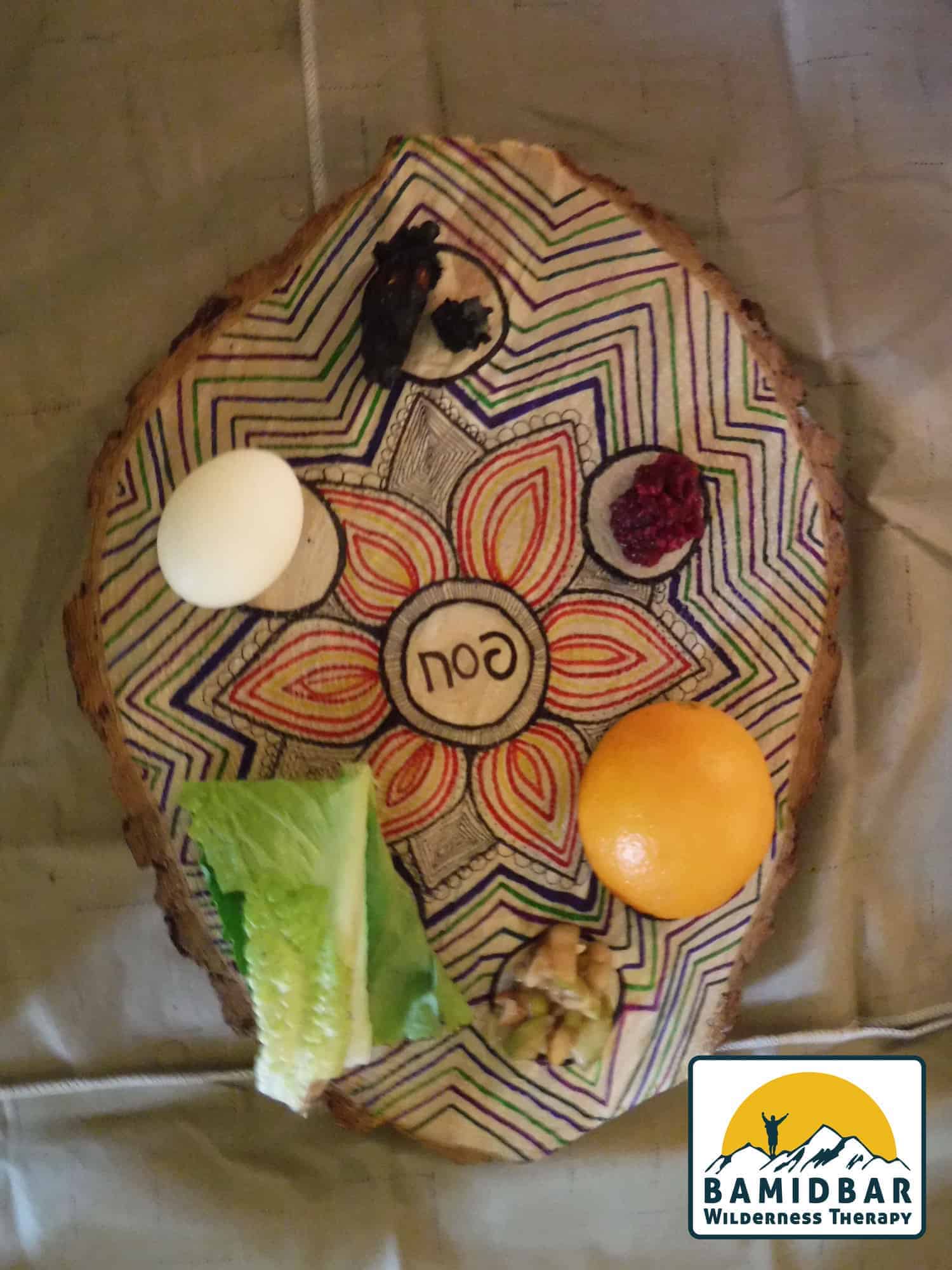
BaMidbar’s second seder, led by Rafi Daugherty, focused on freedom through the lens of recovery. Using Rabbi Abraham J. Twerski’s Haggadah, From Bondage to Freedom, students talked late into the night about the role substances have played in their life. The following day, we discussed the story of Nachshon ben Amindav, and what it means to take a leap of faith and dive into the unknown.
Day 3: BaMidbar, or Into the Wilderness
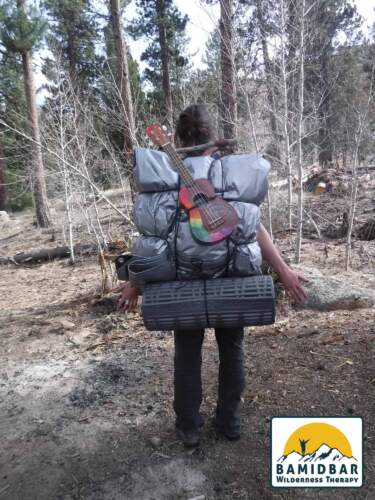
With our spiritual, mental and emotional journey well underway we are ready to prepare for our physical journey. Monday’s topic was “BaMidbar” – Into the Wilderness. Before heading out on masa (backcountry excursions), Director Jory Hanselman taught students how to make primitive packs using willow branches, tarps and leather straps. The day’s discussions focused on manna in the wilderness, and the things that sustain us physically, mentally, and spiritually.
Day 4: Reaching Mount Sinai
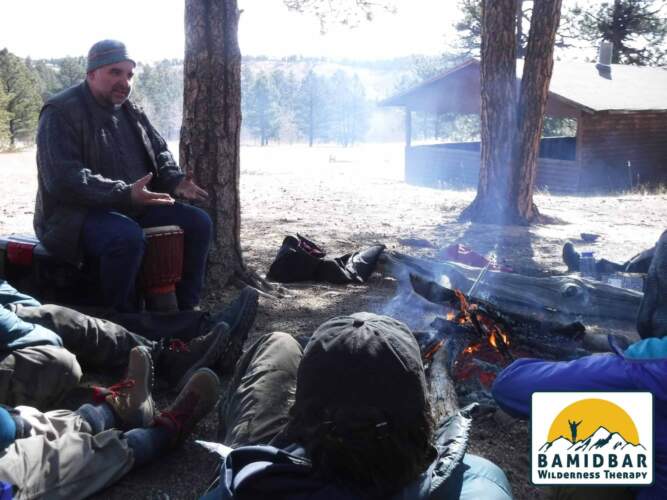
The fourth day of Passover began with a guest, Rabbi Marc Soloway, who shared niggunim (songs) and led a discussion on the spiritual aspects of Sefirat HaOmer, Counting the Omer. After that, our group divided in two. Our most senior students summited “Ten Week Peak,” their personal Mount Sinai, and were recognized for their growth and development over the past ten weeks. The rest of the group hiked as well, exploring our modern day “Golden Calves,” the things we idolize or turn to when faced with fear or doubt. Click here to listen to “A Dash of Drash,” where Rabbi Marc Soloway and BaMidbar Director Jory Hanselman discuss the physical, metaphorical, and spiritual journey during Passover at BaMidbar.
Day 5: Receiving the Torah: Identity and Peoplehood
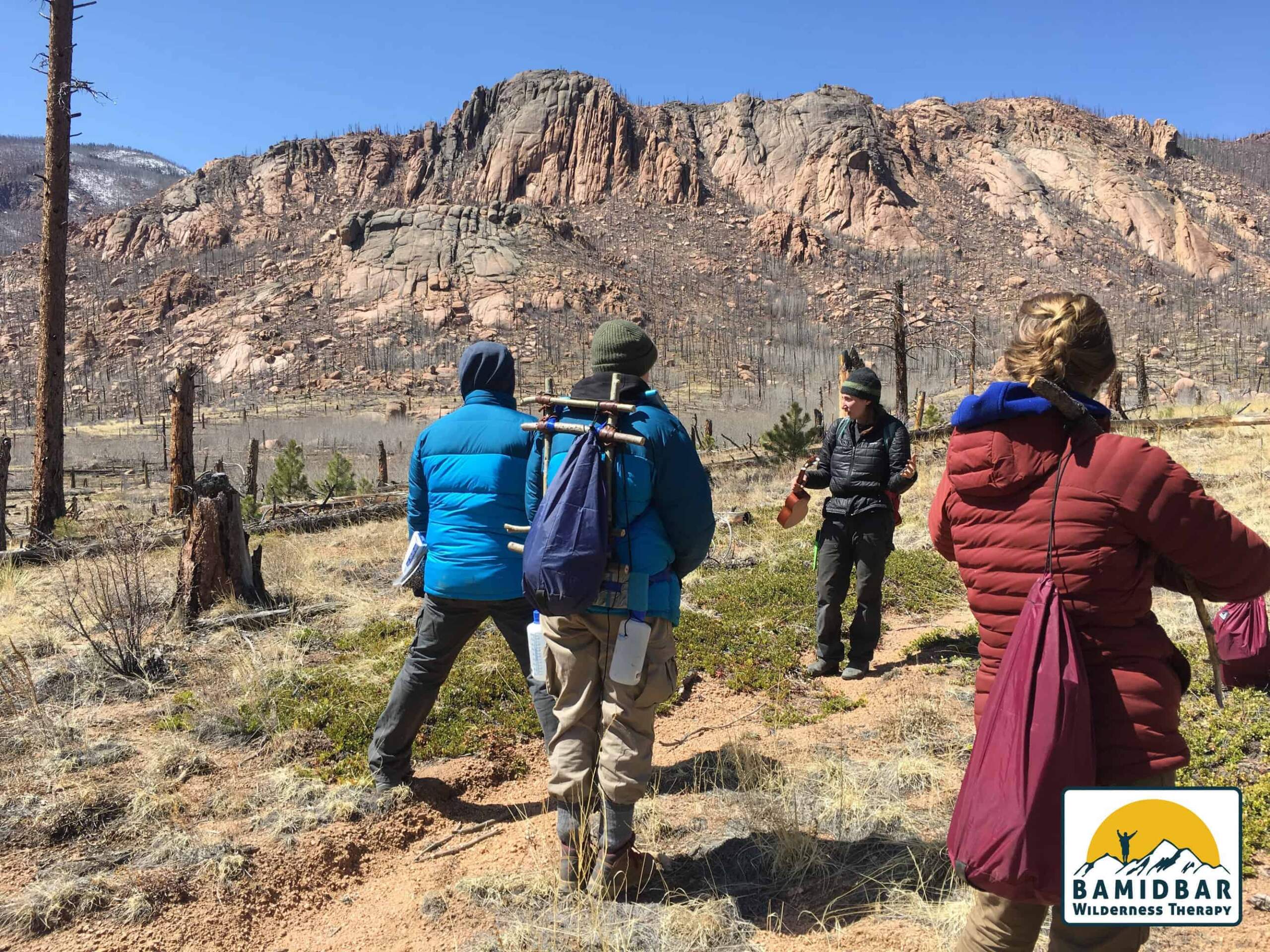
On Wednesday, the group explored identity and peoplehood. Through teamwork activities, the group explored personal and community identities, and the way our personal narratives define the self. Student’s explored the question: “What’s your Torah?” What are the values that define how you move through life, that guide your actions, and that direct your focus? How do you stay true to those values, and what has helped shape them?
Day 6 & 7: 40 Years in the Wilderness
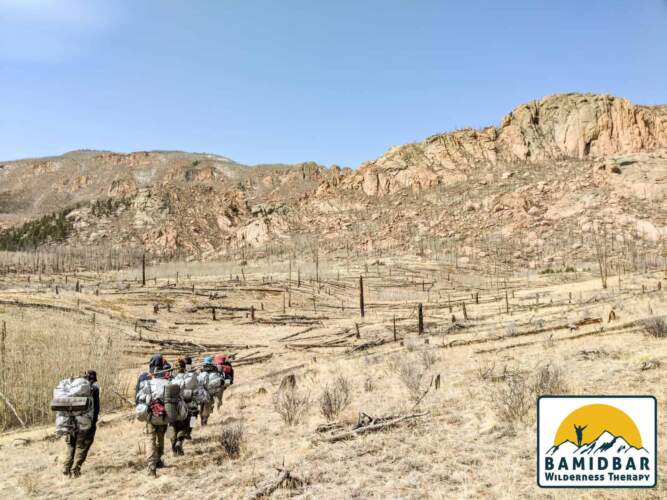
On Passover we commemorate leaving Egypt, and 49 days later we celebrate Shavuot, receiving the Torah. While only seven weeks passed between Egypt and Mount Sinai, the Israelites still had 40 more years to wander the midbar, the wilderness. On the sixth and seventh days of Passover, we explored the topic of maintenance. Change can happen in an instant, but maintaining that change takes time. It is not enough to come to a wilderness therapy program. BaMidbar is the foundation, the building of self, but the real work comes in the weeks and years that follow, as the lessons are put into action, and our strength is tested time and again. In these last days of Passover, students explored what it means to them to maintain growth and change, and to implement that change day in and day out.
On Shabbat, and the final day of Passover, the group explored what holiness means to them, and how they invite and maintain holiness into personal and communal spaces. During shacharit (morning services) the group identified prayers focusing on nature and reminding ourselves the importance of respecting our environment. In one of our limmudim (Shabbat study groups) the group discussed the topic of lashon hara, toxic language. The conversation highlighted the points of maintaining holiness through our speech, from the words we choose, our tone, and body language.
Isru Chag (the day after each of the Three Pilgrimage Festivals): Now What?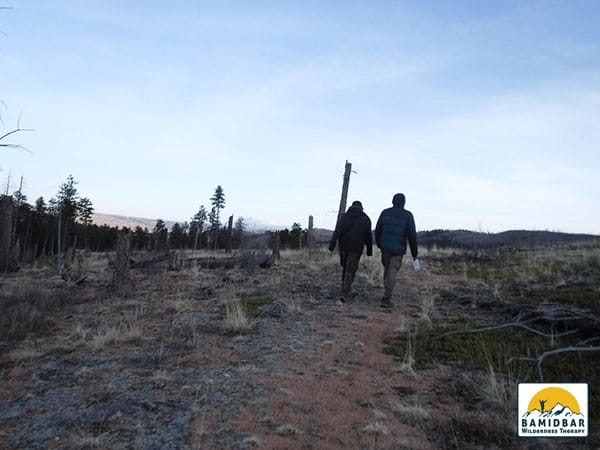
What happens after we have reached our goal? Over Passover students explored the journey from slavery to freedom, from Mitzrayim to Eretz Ysirael. As our students move on to their next steps, they have built a tools and a foundation of self understanding. How do we continue to tap into our resources deep within ourselves to maintain a healthy, balanced life?
In respect to the holiday practice no pictures were taken on Shabbat and Chag, the first and last days of Passover.

